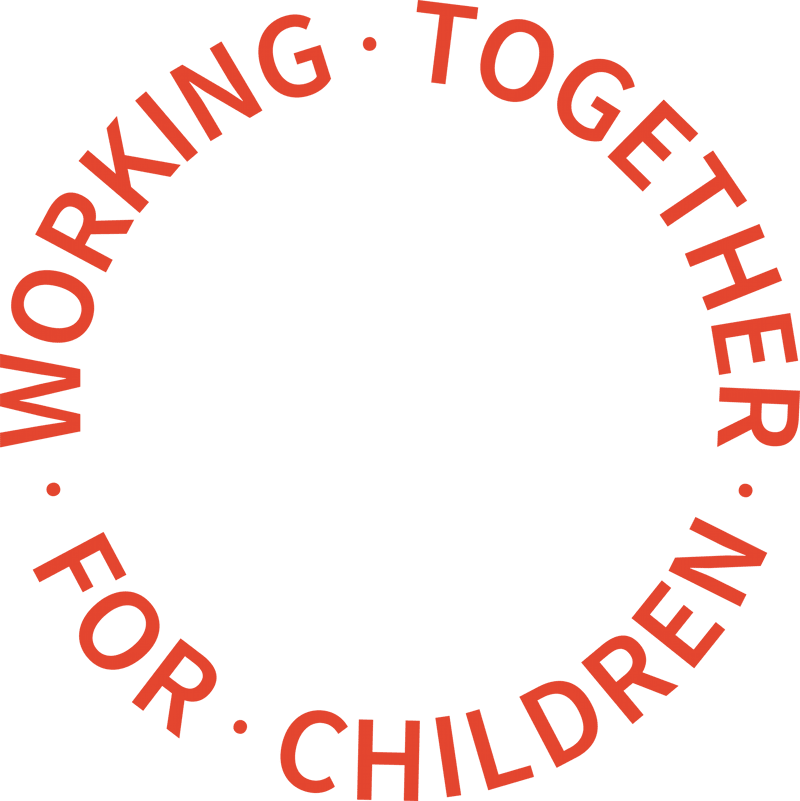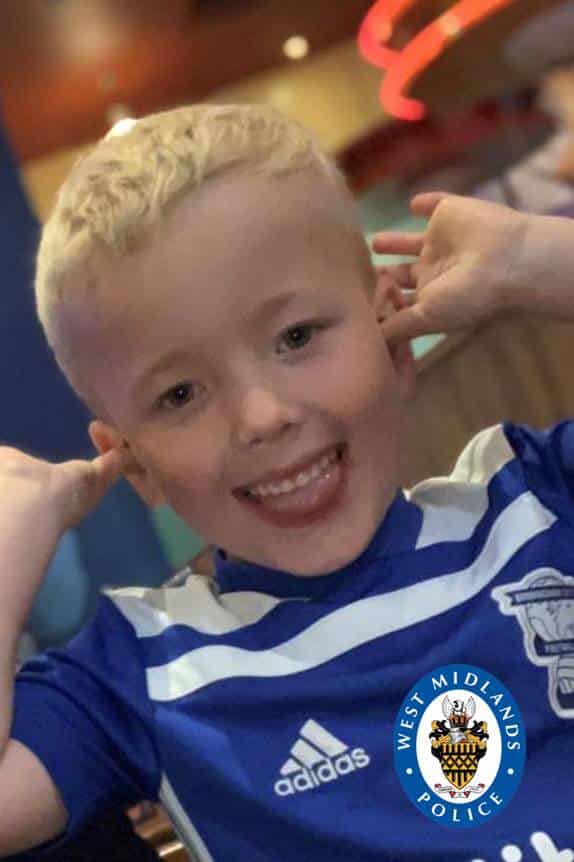There was never proper consideration given to the risks to Arthur Labinjo-Hughes when he and his father moved into the home of his father’s new partner Emma Tustin, despite her long involvement with children’s social care and the very significant information about her that was available.
The Child Safeguarding Review Panel’s report into the death’s of Arthur Labinjo-Hughes and Star Hobson highlighted that neither was proper consideration given to the very significant information about Emma Tustin that was available considering she had previous involvement children’s social care and other agencies in Solihull, including the police, Community Mental Health Team (CMHT), and Solihull Community Housing.
Tustin was found guilty of the murder of her step-son Arthur Labinjo-Hughes and Arthur’s father Thomas Hughes was found guilty of manslaughter following the death of Arthur, aged six, in June 2020.
Arthur had lived with his mother, Olivia Labinjo, after she and Thomas Hughes separated in November 2015 although Thomas maintained a fully involved role in Arthur’s life as a co-parent alongside Olivia. However, in February 2019, Arthur’s mother Olivia was arrested for the domestic-related murder of her then partner, Gary Cunningham. Subsequently she was convicted of manslaughter and received a significant term of imprisonment. The relationship had been characterised by arguments and domestic abuse after excessive alcohol consumption.
As a result of her prison sentence, Arthur went to live with his father, Thomas, with his paternal grandparents and Thomas was assessed to be a ‘protective factor’ for him.
After telephone contact with his mother was stopped by Thomas Hughes, escalating concerns about Arthur’s behaviour and emotional well-being in the autumn of 2019 were noted by his father at home and by staff in school.
These concerns led to a referral to SOLAR5 (Child and Adolescent Mental Health Service) from his GP in January 2020. Arthur was assessed by SOLAR for specialist support on 4th March 2020 but was not offered a service. On the same day, Arthur was seen by a CAFCASS officer in the course of the completion of a Section 7 report for the Family Court. The report in April 2020 recommended that Arthur should have only indirect contact with his mother in the form of letters.
In autumn 2019 Thomas Hughes had begun a relationship with Emma Tustin. There was a history of domestic abuse with Emma Tustin as both victim and perpetrator. Emma Tustin had four children, two of whom continued to live with her. It is not clear about the extent to which Thomas Hughes knew about Emma’s previous history, and Arthur’s wider family were not aware of these issues.
However, despite the information and history available to agencies, the risk she posed to Arthur was not explored when he and Thomas moved to Tustin’s home in March 2020 as the country went into lockdown.
Three months later, Arthur had died.
Furthermore, attempts by Arthur’s wider family to ensure the child was safe were not listened to, despite their many attempts to get agencies to look into what might be happening to Arthur. Their views were not sought and their concerns were not taken seriously. Family members and other connected adults can speak on behalf of the child and enable their voice to be heard, the report says.
On 14th April, Arthur and his father stayed overnight at the paternal grandparents’ house following a disagreement between Thomas and Emma, which led to Thomas leaving the house with Arthur. On 16th April, Thomas and Emma reconciled their differences and Thomas and Arthur returned to Emma’s address, despite strongly expressed misgivings from the paternal grandparents, who were concerned about the return to what they saw as an abusive situation for Arthur.
Arthur’s paternal grandmother contacted the Solihull Emergency Duty Team regarding bruising to Arthur’s back and scratches on his face that she had noticed when Arthur had been staying. She questioned the explanation given by Arthur’s father that the bruising was a result of a playfight between Arthur and Emma’s son.
In response to this referral, the EDT contacted the police and requested a welfare check that evening. The police did not consider that such a visit was necessary as Arthur had been seen safe and well the previous day. The EDT advised Arthur’s paternal grandmother of the police response and assured her that her referral would be considered by the Solihull MASH the following day.
Solihull MASH decided that the concerns about bruising warranted a home visit. According to the social worker’s case recording from the visit, a scratch on Arthur’s face and a faded bruise on his back were observed. No safeguarding concerns were identified from the visit.
Arthur’s family members persisted in expressing their concerns. There were further contacts to children’s social care, the police, and Arthur’s school. Photographs of the bruising on Arthur’s back, taken by Arthur’s paternal grandmother when Arthur and his father had stayed for two nights at her home, were emailed initially to the police by another family member, two days after the photographs were taken. The photographs were not passed on by the police to the Solihull MASH, which subsequently received them from Arthur’s maternal grandmother seven days after the home visit by children’s social care.
When the MASH received the photographs, they thought the bruising seemed more severe than had been reported at the time.
“This was a very significant moment to re-assess the risk to Arthur in the light of important new evidence of potential physical abuse. The concern and uncertainty on the causation and timing of these injuries should have prompted a strategy discussion and advice sought from health professionals,” said the report. “Instead, it was concluded that the bruising seen in the photographs could be consistent with the adults’ explanation that there had been a playfight between the two boys. Accordingly, it was decided that no further investigation was needed in relation to the family’s concerns about bruising.”
The report concludes that:
- Professionals had only a limited understanding of what daily life was like for Arthur.
- Professionals did not always hear Arthur’s voice, as it was often mediated by his father in contact with professionals.
- Thomas Hughes was seen from the very first assessment in 2019 as a protective father. Whilst this was a reasonable judgement at that time, this framing was never subsequently challenged by any professional when circumstances changed and when evidence to the contrary – such as reports from Thomas’ own family that they were not sure he would protect Arthur – was available.
- There was never proper consideration given to the risks to Arthur arising from the move to live with Emma Tustin.
- Arthur’s wider family members were not listened to, despite their many attempts to get agencies to look into what might be happening to Arthur.
- The response to concerns about bruising to Arthur was undermined by the lack of a multi-agency strategy discussion.
- The West Midlands Child Protection Procedures did not include practice guidance in relation to allegations of the physical abuse of a child.
“Our conclusion is that a pivotal dynamic underpinning many of these practice issues was a systemic flaw in the quality of multi-agency working. There was an overreliance on single agency processes with superficial joint working and joint decision making. This had very significant consequences.
“The nature of the assessments and decisions that child protection professionals are being asked to make are extremely complex. They cannot do it alone. Robust multi-agency working is critical to the challenging work of uncovering what is really happening to children who are being abused,” the report concluded.
The report recommends the establishment of Multi-Agency Child Protection Units.



